Songora People and their Culture in Uganda
Who are the Songora People in Africa? The Songora or Shongora (pl. Basongora, sing.
Musongora) also known as Hima/Huma/Hema) are a traditionally a pastoralist people located in Western Uganda and Eastern Democratic Republic of the Congo.
They have distinctive customs and speak 'Rusongora' an African language that is originates from Proto-Kordofanian and is similar to Runyankole and Rutoro.
The Basongora population has reported as numbering 11,000 in Uganda, but this is most certainly an underestimate.
The colonial and neo-colonial governments in Central Africa instituted programs to encourage the Basongora to abandon their traditional lifestyle, and most of the territory traditionally owned by the Songora community has been appropriated for use as national parks or has been settled and occupied by other communities, notably the Batoro and Bakonzo.
Also Songora territory has was partitioned into several districts and is distributed across Uganda and Congo.
The traditional lifestyle of the Basongora is notable for its adaptation to dry savana and scrublands, as well as mountainous terrain.
Cultural tourism should be promoted among the Basongora as an alternative means of income generation, and Basongora should be encouraged to welcome visits to their village to experience their culture, traditions, and lifestyle.
Overview of Songora People
The Basongora are a mixed Nilotic/Bantu group in East and Central Africa, traditionally residing in the foothills and plains at the floor of the western arm of the Great Rift Valley and the hills around the base of the Rwenzori Mountain Range.
The Songora traditional economy was largely based on cattle-rearing, as well as salt-manufacture and trade in iron.
The political organization of the Songora was a form confederacy of several states united by a parliament called Muhabuzi, and a constitutional monarchy led by a trimviate that consisted of an empress dowager (Omu'Gabe'kati), a female ruler (Omu'Go), and a male ruler (Omu'Kama).
The confederacy emerged from a single Songora state that dates back to the 1100s consisted of several provinces including Kisaka-Makara, Kitagwenda, Bugaya, Bunyaruguru and Kiyanja.
History of Songora People
According to their own oral history, the Basongora emerged out of the ancient empire of the Chwezi/Shenzi, in the Chwezi province of Kitara centred around the Rutshuru/Rwenzori mountain ranges.
After the collapse of the Shenzi, around 1100 AD, the region fell into a period of strife that lasted about 150 years.
Gradually order was restored as several powerful clans emerged and founded small but relatively stable states out of the territory of what was once the Shenzi empire.
Among these powerful clans the earliest ones to emerge were the Shambo and Hinda clans, followed closely by the Bito clan.
The ancient founding clans or houses of the Shenzi state, the Iru, Hima, Chwa and Kama, were incorporated into the new powerful clans as sub-clans or as professional classes. The Shambo were to eventually fall to the same fate by the mid 18th century.
Only one state in which the Shambo remained dominant, namely Rwanda, came through the colonial occupation a reduced but autonomous and independent state.
The other Shambo states including Karagwe, Mpororo, and Bushongora were all absorbed or integrated into other states of Uganda, Tanzania and Congo as districts or provinces.
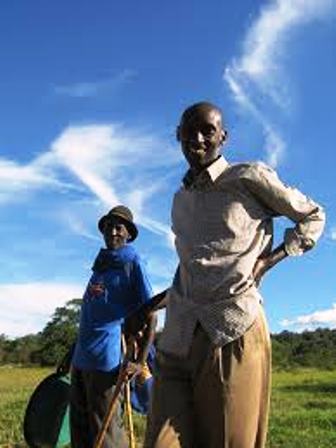
Some of the most notable Songora monarchs include Kyomya Bwachali who was the last ruler of a unified Busongora.
He died around 1870, at a time of civil strife and internecine warfare among the Songora, who at the time were also faced with repeated invasions from the states of Nyoro and Nkore, as well as from the Belgians, the Germans and the British.
The strife that followed Bwachali's reign lasted about 20 years, and ended with the emergence in the early 1890s of prince Kaihura as the dominant ruler and unifier.
With the help of troops sent by his sister who was at that time queen in Nkore, Kaihura defeated his main rival for the throne, the king Kuriofire.
Kaihura also defeated all of the other dissenting nobles and managed to rule effectively over most of the traditional Songora lands for about 7 (seven) years before dying in 1901. He was succeeded by his son Kasigano.
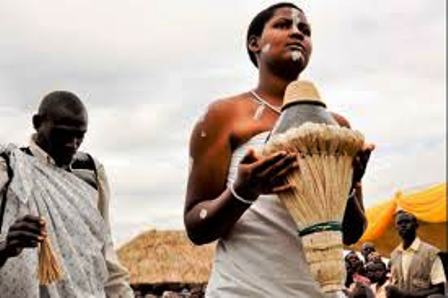
King Kasigano was deposed in 1906 by the British, austensiby for his having sought to ally himself with the Belgians in the Congo.
Busongora was then partitioned and divided between the Congo and Uganda, and the portions that fell within Uganda were further sub-divided into several districts, all of which were then annexed to the kingdoms of Toro and Nkore, as well as the Kingdom of Bukonzo formed in the later part of the 20th century.
At the demise of Kasigano, a royal princess named Ikamiro Kogyere (Kogere) emerged as the dominant figure and focus of Songora unity and resistance. Queen Kogere died in 1922 aged about 70 years old. Her capital was located at Rukoki.
In 1931 there was an outbreak of rinderpest that decimated the cattle population of the Nyakatonzi Basongora, forcing them to disperse to other areas of Uganda and the eastern DRC.
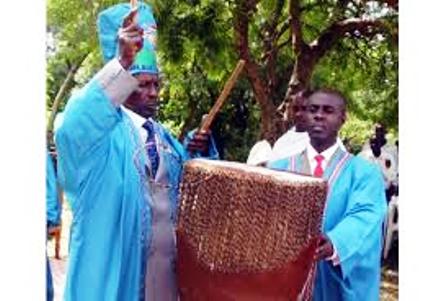
Basongora believe the outbreak began as a result of a vaccination program started by the colonial govt. The biggest group that fled to the DRC did not return to the area until 1964 due to the strife caused by the Mulele rebellion in the DRC.
In 1940s the colonial government introduced cotton growing in the Songora region. By coincidence, the best soil and suitable climate for cotton growing was Nyakatonzi and other plains of the current Busongora County in Kasese.
In 1954 communally-owned Songora grazing lands were gazetted as Queen Elizabeth National Park by the colonial administration.
This left only limited lands for the pastoral Basongora. Although some remained in the park – albeit illegally, thousands of others moved across the border with their herds into the Virunga National Park in the DRC.
Beginning in the late 1950s insecurity in the region drove other ethnic groups – particularly the Bakonjo – from the high lands to the low lands. By the 1962, the Rwenzururu Freedom Movement had displaced a lot of the population from the mountains, forcing them to settle in parts of the rift valley. The Rwenzururu war ended in 1982, as a consequence of a peace negotiations.
This also increased pressure for land, and led to clashes initially between the Basongora and Batoro, and later between the Basongora and Bakonjo. In 1962 Basongora started returning to their original areas only to find that the Toro Development Company (TDC) that wound up in 1970, had leased some of their land, and was running projects such as the Mubuku Irrigation Scheme.
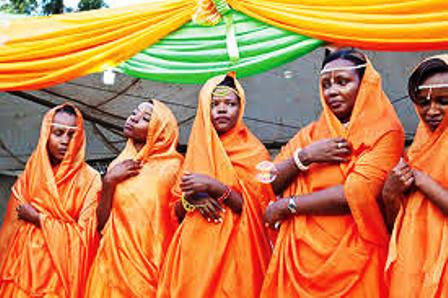
When the cotton industry plummeted in the 1970s, the general Ugandan public lost interest in cotton, thus giving the Basongora pastoralists a chance to graze their cattle on the same vast plains. But the freedom was short-lived. Cotton production resumed between 1987 and 1989.
On 1 July 2012, the Songora installed Bwebale Ivan Rutakirwa Agutamba Rwigi IV as the king of their "Songora Kingdom", and claimed twenty sub-counties of Uganda as their territory. The sub-counties include: Muhokya, Bugoye, Nyakatonzi, Katwe, Karusandara, Mubuku, Ibuga, Hamukungu, Kasenyi, Busunga, and Katunguru, among others.
Other notable figures in ancient Songora history include at least two empresses; Nyakahuma, and Kitami rwa Nyawera.
The Queen Kiboga of Nkore was a Songora. She was also mother to Nkore's King Ntare V, and sister to King Kaihura of the Songora.
Princess Kantunguru of Nkore was also a Songora and the town in western Uganda. Many of the rulers of states of Rwanda, Mpororo, Bunyoro, Toro and Nkore chose their wives from among the Songora.
Other notable Songora kings in the pre-colonial era include: Nkomyo, Rwigi I, Rutakirwa I, Bulemu I Bushoita, Rwigi II Kyeramaino Rweshakaramyambi, Nyabongo Kikundi Nyakwirigita, Ihungo, Goro, Nyabongo I, Kashese (for whom the municipality/city of Kasese is named), Rutairuka, Makora, Bwachari, and Kaihura.
Personalities
During the post colonial era, beginning in the early 1960s, the Songora didn't formally have rulers recognized by the central governments in Uganda and Congo/ Zaire.
However, there are several notable Songora personalities in various fields that have played a key role in maintaining the presence of the community.
Among them are Amon Bazira, who served as director of Intelligence and a member of the cabinet in Uganda in the 1980s. Gen. James Kazini was commander of the Uganda people's defense force. Other notable Basongora include Prince Ivan Bwebale Rutakirwa (the current king of the Songora),The Rwabukurukuru family in sheema, Wilson Isingoma, Patrick Tabaro (a judge in Uganda), Prof. Mbabi-Katana, Enoch Rukidi, Kosia Mpazi, the Rwamashonje family, the Rwakashamba family, Yefesi Saiba, and Ananais Mulumba.
Culture of Songora People
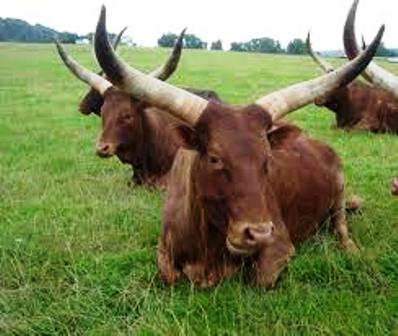
Songora society is strongly pastoral. Cattle motifs form an important part of the language. Cattle have an important place in the imagination, poetry and art of the community.
The disciplines required in the management of cattle have a great import impact on the diet, health and appearance of the Songora. Age determines seniority in social relations, and men and women are considered equal. The Songora are generally monogamous. Traditionally the Songora were monotheistic.
The Songora reacted to a tetanus epidermic in the 1880s by requiring everyone in the community to remove the four front lower teeth, as a means to force-feed medication to victims of the disease. When the epidermic ended, many Songora continued with the teeth removal even though it was no longer necessary in the era of syringes and other means of treatment.
In recent decades the traditional Songora territory has yielded interesting artefacts that are of great value to general human history. The
Ishango Bone is one of the items that was found in Songora territory. While the Eastern Arm of the Great Rift Valley located in Ethiopia, Kenya and Tanzania has yielded the greatest amount of ancient human fossils, the northern portion of the Western Arm of the Rift Valley - home of the Songora - remains largely unexplored, although it appears to contain important fossils. The lack of exploration has been caused by the high level of war and civil conflict in the region.
More about Afican Culture
Kenya Culture | Akamba | British Colonialists | Crafts | Cultural Business Meetings | Cultural Communication | Cultural Eye Contact | Cultural Gestures | Gift Giving | Cultural Law | Cultural Music | Cultural Space | Cultural Time | How to Talk in Kenya |
Recent Articles
-
Garam Masala Appetizers ,How to Make Garam Masala,Kenya Cuisines
Sep 21, 14 03:38 PM
Garam Masala Appetizers are originally Indian food but of recent, many Kenyans use it. Therefore, on this site, we will guide you on how to make it easily. -
The Details of the Baruuli-Banyara People and their Culture in Uganda
Sep 03, 14 12:32 AM
The Baruuli-Banyala are a people of Central Uganda who generally live near the Nile River-Lake Kyoga basin. -
Guide to Nubi People and their Culture in Kenya and Uganda
Sep 03, 14 12:24 AM
The Nubians consist of seven non-Arab Muslim tribes which originated in the Nubia region, an area between Aswan in southern
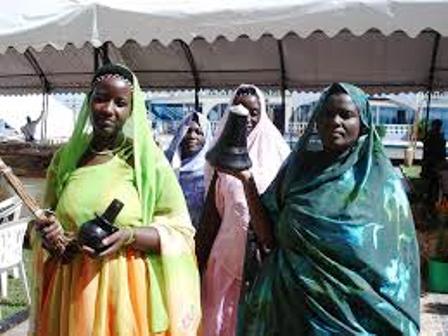
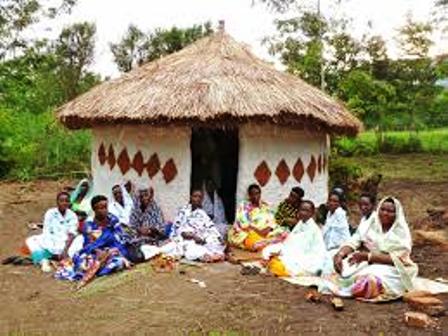
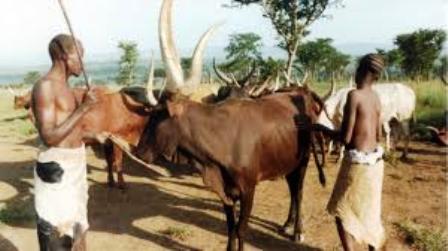







New! Comments
Have your say about what you just read! Leave me a comment in the box below.